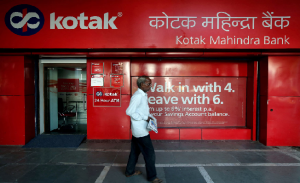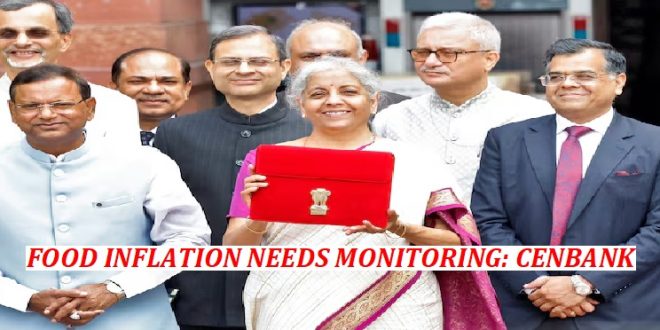20-01-2025
Bureau Report
NEW DELHI/ MUMBAI: India will likely cut its disinvestment and asset monetization target by 40% for 2024-25 in the federal budget to be presented next month, The Economic Times newspaper reported on Saturday, as planned sales of state-run firms run into a host of setbacks.
The government will likely revise the target to less than 300 billion rupees ($3.47 billion) from the initial 500 billion rupees, the newspaper said, citing people aware of the deliberations.
 The government may set the target at about 450 billion rupees to 500 billion rupees for the next fiscal year, as it intends to conclude the IDBI Bank, opens new tab transaction and step up its asset monetization bid, the report said.
The government may set the target at about 450 billion rupees to 500 billion rupees for the next fiscal year, as it intends to conclude the IDBI Bank, opens new tab transaction and step up its asset monetization bid, the report said.
The Finance Ministry did not immediately respond to a Reuters’ email seeking comment.
The Indian government, which owns 45.48% in IDBI Bank, and state-owned Life Insurance Corp of India (LIFI.NS), opens new tab which holds 49.24%, together plan to sell 60.7% of the lender. The sale process was first announced in 2022.
Prime Minister Narendra Modi’s administration moved from the usual practice of setting a stake sale target in its budget presented last year.
Modi’s ambition of privatizing state-run firms has taken a back seat due to regulatory hurdles, complex decision-making, political considerations and valuation issues, but his government has delivered more stake sales than any previous administration.
The government has raised 86.25 billion rupees from disinvestments so far in this fiscal year. The government will continue to reduce its stakes in some entities via the offer-for-sale route, the report added.
Meanwhile, India’s economic growth is poised to rebound as domestic demand regains strength, but “stickiness” in food inflation warrants careful monitoring, the central bank said in its monthly bulletin released on Friday.
In India, there is a “conducive quickening” of high-frequency economic activity indicators in the second half of 2024-25, signaling implicit pick up in real gross domestic product growth for this period, the Reserve Bank of India said in an article titled ‘State of the Economy’ in the bulletin.
 Rural demand continues to gain momentum, reflecting resilience in consumption, supported by brighter agricultural prospects, the RBI said.
Rural demand continues to gain momentum, reflecting resilience in consumption, supported by brighter agricultural prospects, the RBI said.
A revival in public capex on infrastructure is also likely to stimulate growth in key sectors, it added. The RBI’s now-cast model forecasts India’s economy to grow at 6.2% in the October-December quarter, per the bulletin.
India’s economy grew by 5.4% in the July-September quarter from a year earlier, compared with 6.7% growth in the previous three months.
Growth is projected to slow to a four-year low of 6.4% in the financial year ending March 31. Although headline inflation eased for the second consecutive month in December, sticky food inflation warrants careful monitoring of second-order effects, the RBI said in the bulletin.
India’s annual retail inflation, opens new tab eased to a four-month low of 5.22% in December, lower than economists’ estimate of 5.3%.
The slowing inflation is likely to pressure the Monetary Policy Committee to cut rates in February, but a depreciating rupee has complicated the rate-setting panel’s woes, some analysts said.
The volatility in portfolio flows due to global risk-on-risk-off sentiments is the source of exchange rate volatility rather than differentials in inflation or interest rates, the RBI said in a separate article in the bulletin.
 Pressmediaofindia
Pressmediaofindia




